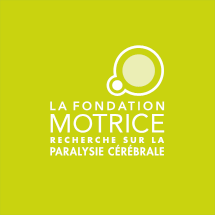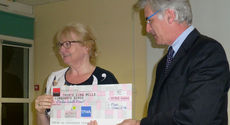
In recent years TFWA Care has supported important research carried out by La Fondation Motrice on improving pain management in patients suffering from cerebral palsy. The association’s continued support in 2015 will enable the deepening of this research and increase the reliability of its results.
Project in 2015
The combination of motor disabilities, chronic pain, cognitive disabilities limiting the possibilities of communications and repeated potentially painful rehabilitation, exposes patients with cerebral palsy (CP) to a high risk of induced pain either at home or in specialist institutions (pain during dressing, getting out of bed or during physiotherapy for example). Currently, little is known about the conditions of occurrence of such induced pain as the clinical characteristics of patients (children, adults, severity of disability), the types of care and the nature of the institutional admission (medical or medico-social).
The objective of the observational study conducted in Brittany, France by Ms Amandine Dubois (Psychologist CHU Brest) in 2015 was to identify:
- The painful and/or uncomfortable procedures carried out in everyday life in children and adults with CP, in sanitary or medico- social establishments.
- The risk factors related to the induced pain (type of procedure) and the characteristics of the patient, the type of institution as well as to create a simple tool for a weekly continuous evaluation of pain in clinical routine.
This study was conducted in children and adults with CP living in 24 institutions in Brittany. All daily life procedures or treatment carried out as well as related pain were collected for 5 days and 1 night. The intensity of the pain was assessed by the care professional or the patient himself.
The relationships between uncomfortable and/or painful gestures during daily activities are scarcely known, and therefore preventative measures are rarely implemented. This project has made an important contribution to the implementation of targeted prevention measures within the institutions. The communication on the project to spread the new knowledge generated by this study has allowed the sharing of experiences and practices across medical and paramedical teams, families and persons with CP. This has improved knowledge on a key Cerebral Palsy domain in order to offer the best quality of life possible to these patients. A better understanding of pain and its triggers have permitted to meet the real needs of the patients with the care they actually receive.



